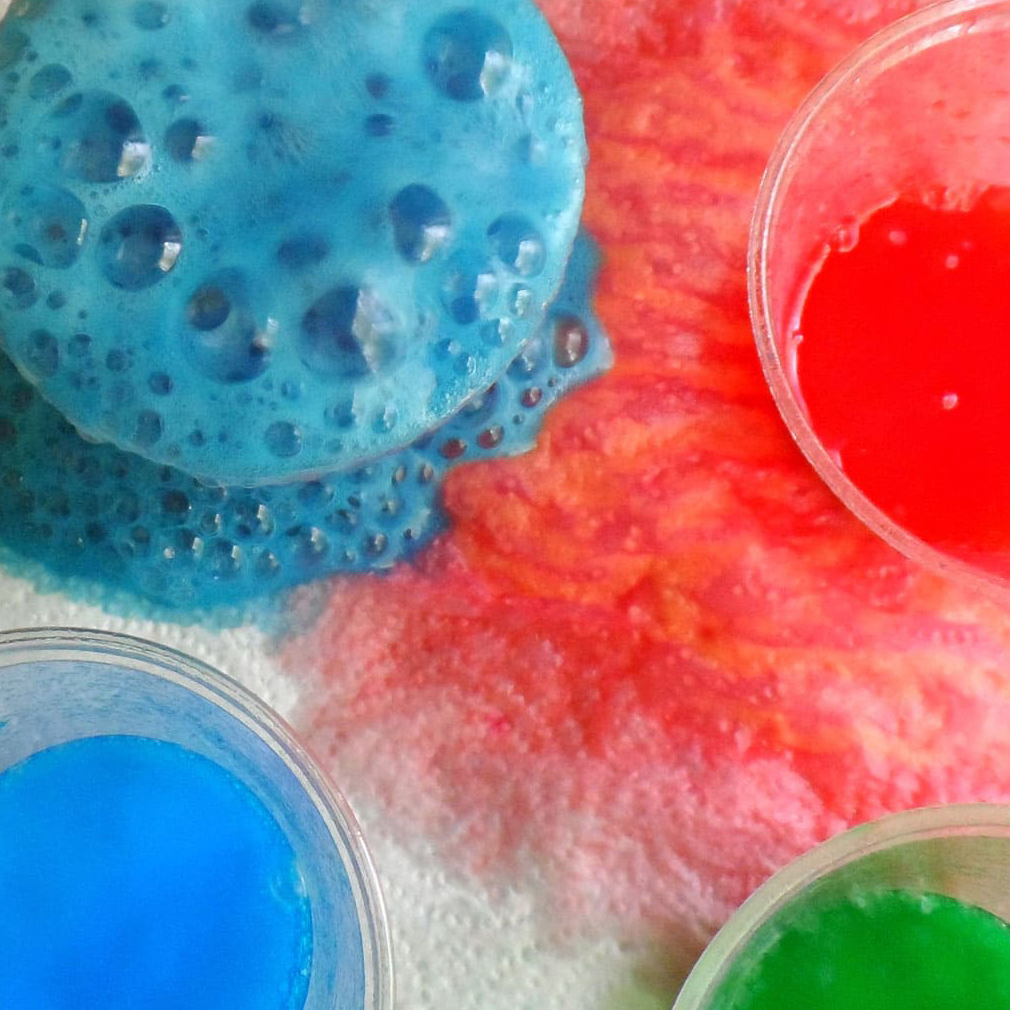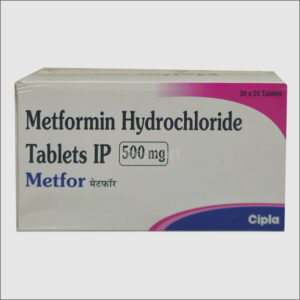The Science Behind Baking Soda and Vinegar
The reaction between baking soda and vinegar is a classic example of a simple chemical reaction that’s often used in science experiments, especially in classrooms. Despite its simplicity, the interaction between these two common household substances demonstrates important scientific principles, including acid-base reactions, gas production, and the conservation of mass and energy.
At the heart of the reaction is the chemistry between baking soda (sodium bicarbonate, NaHCO₃) and vinegar, which contains acetic acid (CH₃COOH). Baking soda is a base, while vinegar is a weak acid. When the two are combined, they undergo a chemical reaction that produces carbon dioxide gas, water, and sodium acetate. The overall reaction can be summarized by the following chemical equation:
NaHCO₃ + CH₃COOH → CO₂ + H₂O + CH₃COONa
When vinegar is poured onto baking soda, the acetic acid in the vinegar reacts with the sodium bicarbonate. Initially, there is a fast fizzing and bubbling as the acid and base begin to neutralize each other. This rapid formation of bubbles is due to the production of carbon dioxide gas (CO₂), a byproduct of the reaction. The escaping gas forms bubbles, which causes the familiar foaming effect.
The process begins when acetic acid donates a hydrogen ion (H⁺) to the bicarbonate ion (HCO₃⁻), leading to the formation of carbonic acid (H₂CO₃). Carbonic acid is unstable and quickly decomposes into water (H₂O) and carbon dioxide (CO₂) gas. It is this carbon dioxide gas that causes the bubbling and fizzing. Since gas occupies more volume than the liquid and solid reactants, the pressure can build up quickly in closed environments, which is why this reaction is sometimes used to simulate volcanic eruptions in science fairs or power small homemade rockets.

ACID base reaction
Beyond the visual excitement, the reaction illustrates several key scientific concepts. First is the acid-base reaction, where an acid reacts with a base to produce a salt and water. In this case, sodium acetate (CH₃COONa) is the salt produced. The reaction is also exothermic, meaning it releases a small amount of heat, though it’s typically not noticeable during casual experiments.
Another fascinating aspect is how this reaction demonstrates the law of conservation of mass. Even though new substances are formed and gas is released, the total mass of the system remains the same—unless the gas escapes, which is why closed system experiments (like balloons on bottles) are often used to better illustrate this principle. Additionally, the generation of gas from liquids and solids provides a gateway to understanding states of matter and how molecular interactions can cause transitions between them.
The baking soda and vinegar reaction is more than just a fun experiment; it has real-world applications. The reaction is sometimes used in cleaning products. The fizzing action can help dislodge grime, and the mildly acidic nature of vinegar aids in breaking down stains, while baking soda neutralizes odors. It’s also used in some fire extinguishers; the carbon dioxide produced can help smother small flames by displacing oxygen.
In educational settings, this reaction is frequently used because it is safe, easy to observe, and offers a hands-on introduction to scientific inquiry. Students can learn to make predictions, form hypotheses, measure reaction rates, and test variables like concentration or temperature.
In conclusion, the combination of baking soda and vinegar may seem simple, but it opens the door to a wide range of scientific concepts. From basic chemistry to thermodynamics and gas laws, this reaction provides an engaging and tangible way to explore the fundamentals of science.






